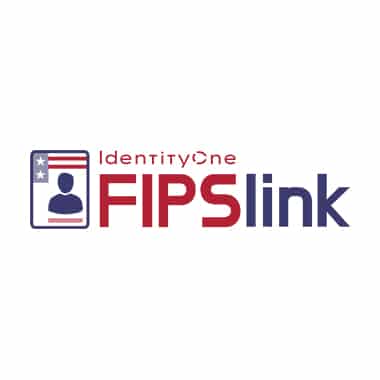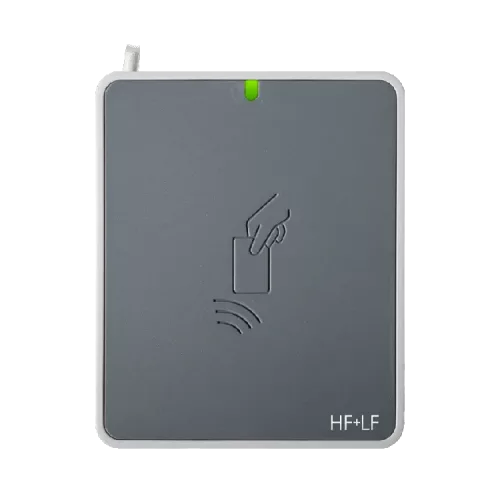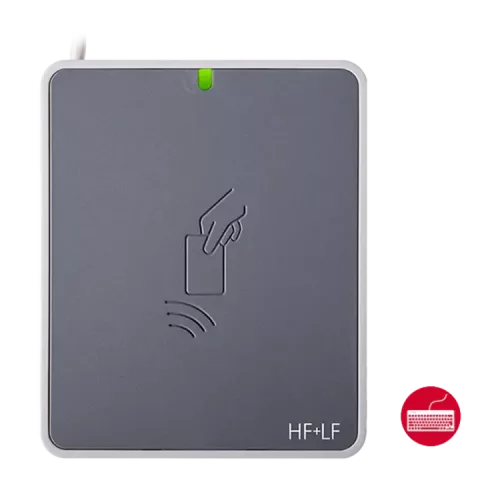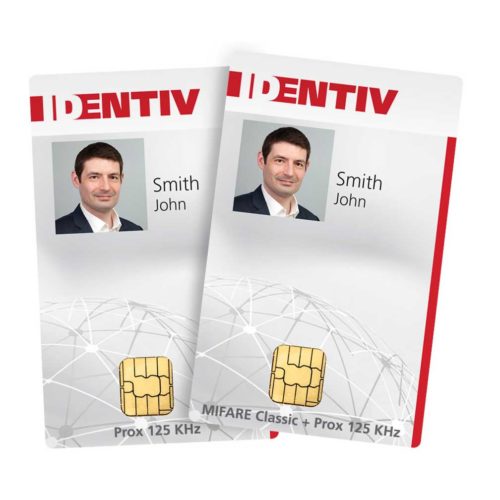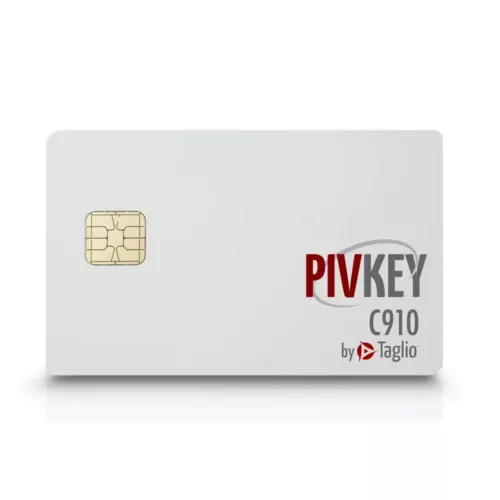Proximity cards, also known as prox cards or keycard, are low frequency 125kHz credentials that feature an embedded metallic antenna coil that stores cardholder data. Data stored on a proximity card, key fob or tag can be detected by a reader when the proximity card is passed within range. Proximity cards are commonly used as physical access control cards, and are also used in security, identification, ticketing, toll, and other applications that require fast processing speeds.
A prox card can be read without inserting it into a card reader device, as required by earlier magnetic stripe cards such as credit cards and contact type smart cards. The proximity cards are part of the contactless card technologies. Held near an electronic reader for a moment they enable the identification of an encoded number. The reader usually produces a beep or other sound to indicate the card has been read.
The term “proximity card” refers to the older 125 kHz devices as distinct from the newer 13.56 MHz contactless smartcards such as MIFARE. Second generation prox cards are used for mass and distance reading applications. Proximity cards typically have a read range of up to 50 cm (< 15 inches) which is the main difference from the contactless smartcard with a range of 2 to 10 cm (1 to 3 inches). The card can often be left in a wallet or purse, and read by simply holding the wallet or purse near the reader. These early proximity cards can’t hold more data than a magnetic stripe card, and only cards with smart chips (ie, contactless smartcards) can hold other types of data like electronic funds balance for contactless payment systems, history data for time and attendance or biometric templates. When used without encoding data, only with the card serial number, contactless smartcards have similar functionalities to proximity cards.

